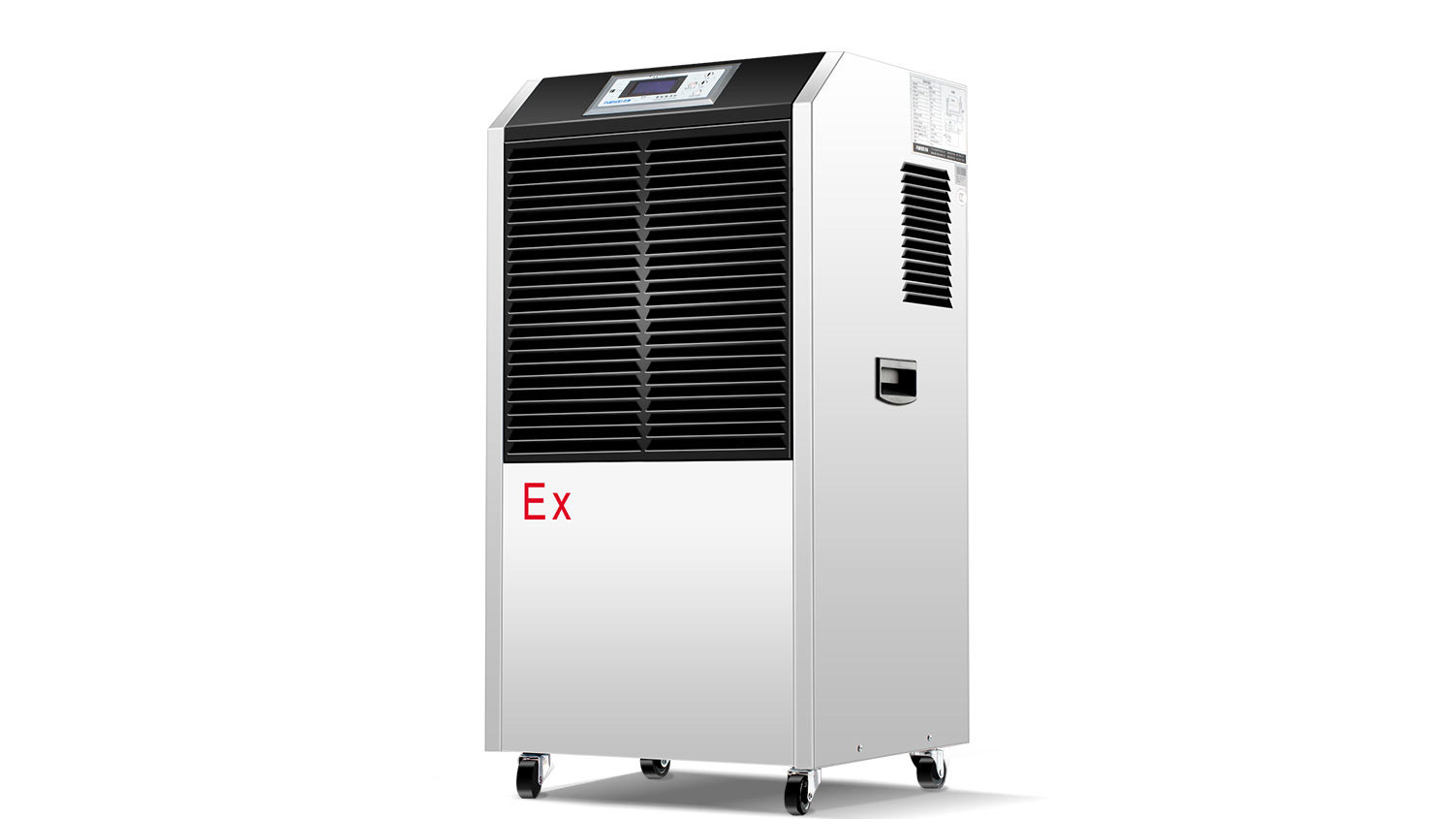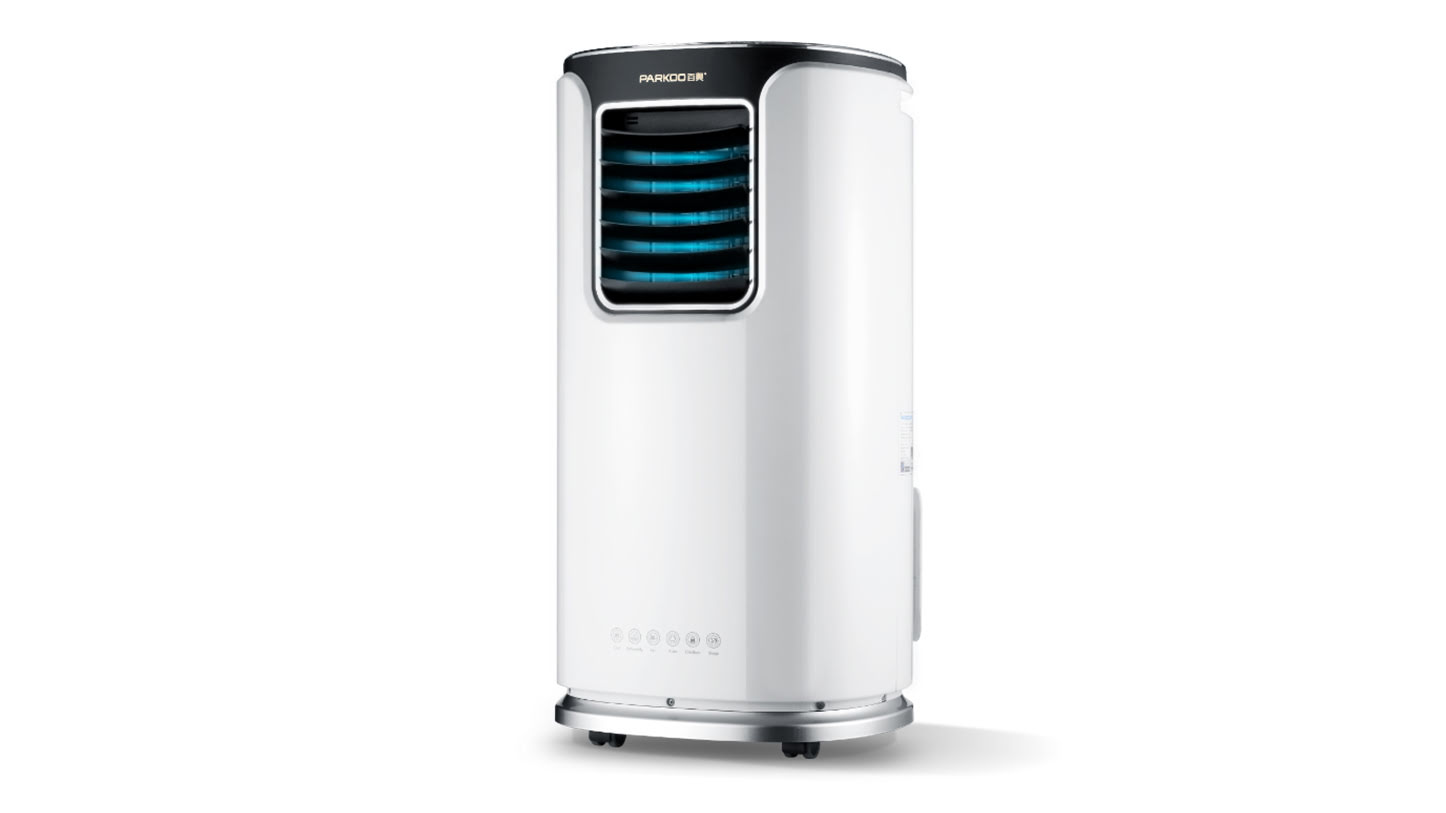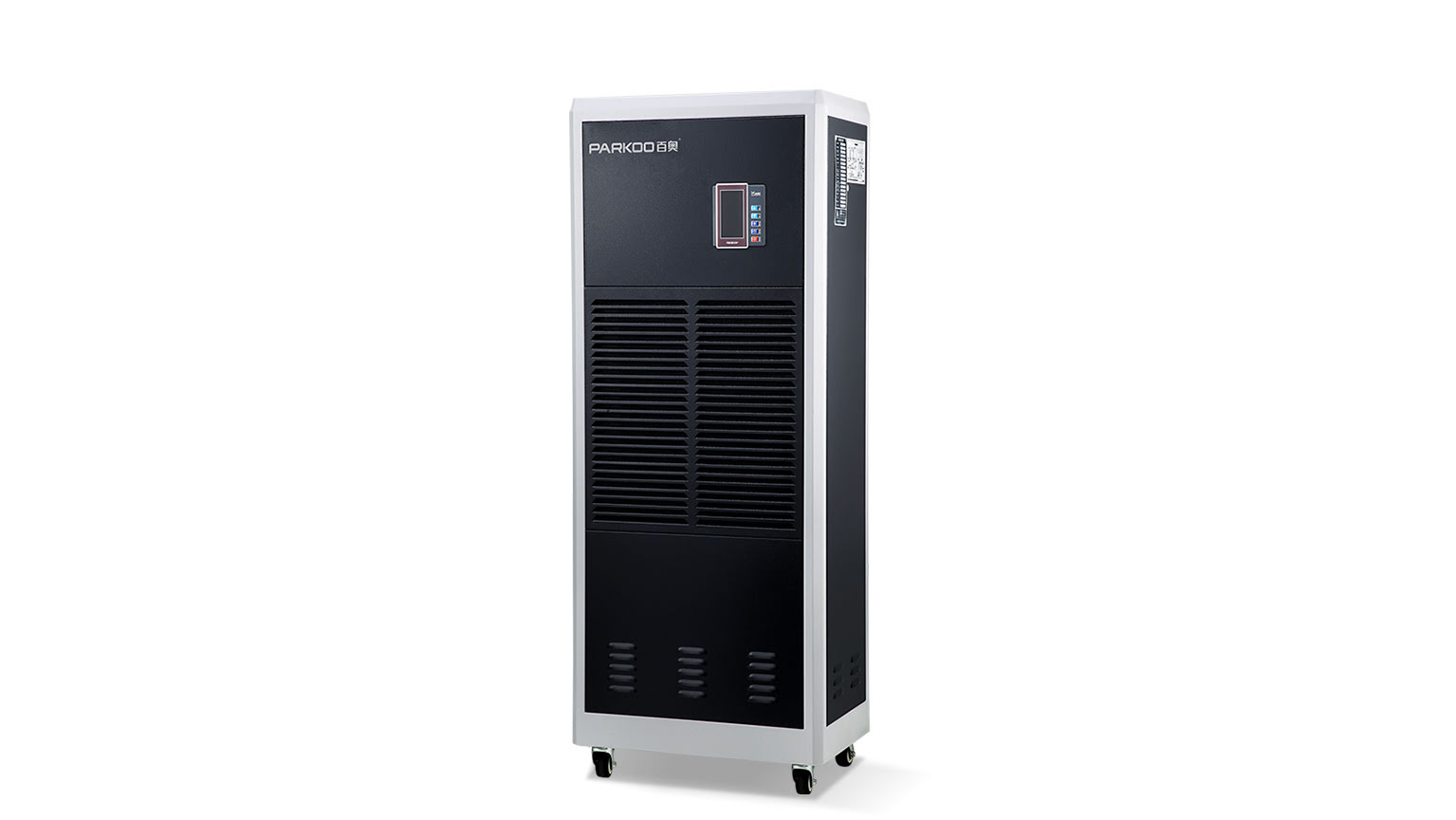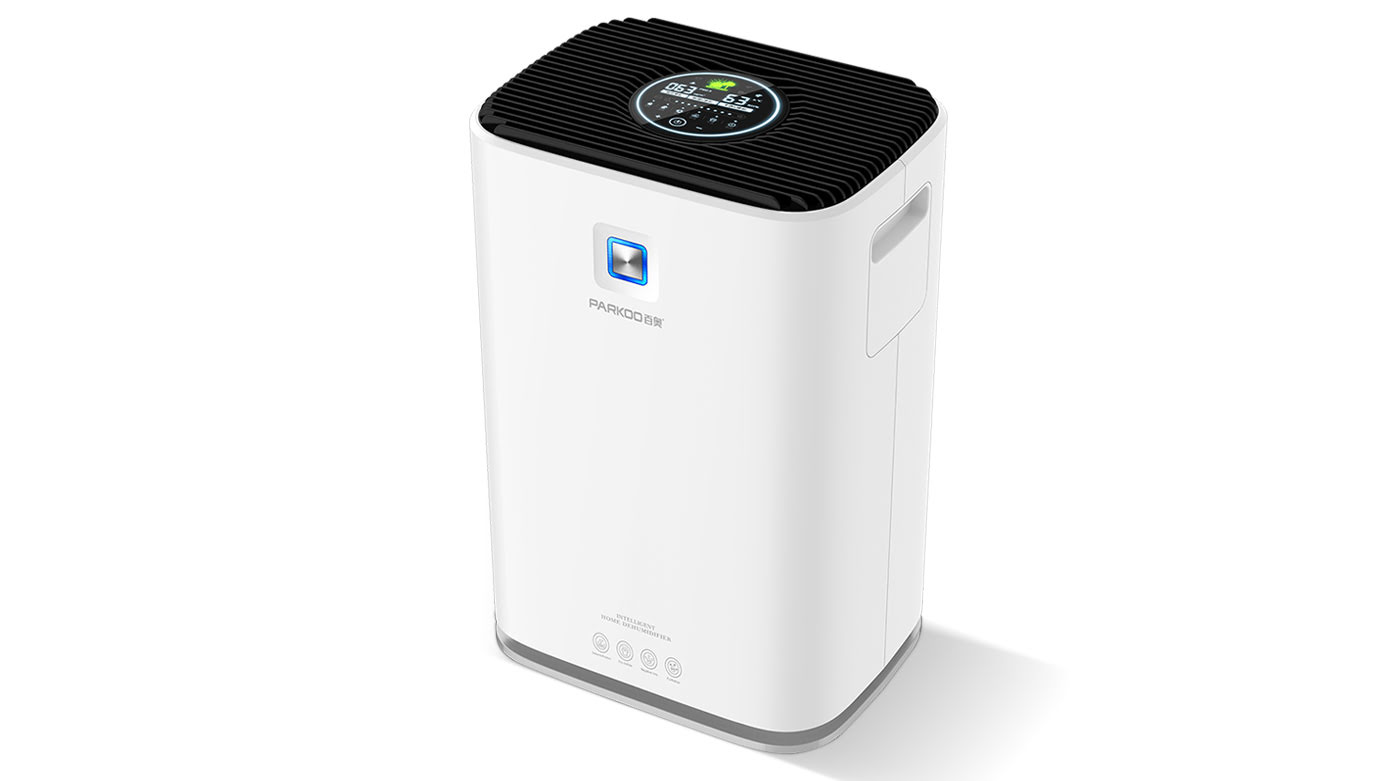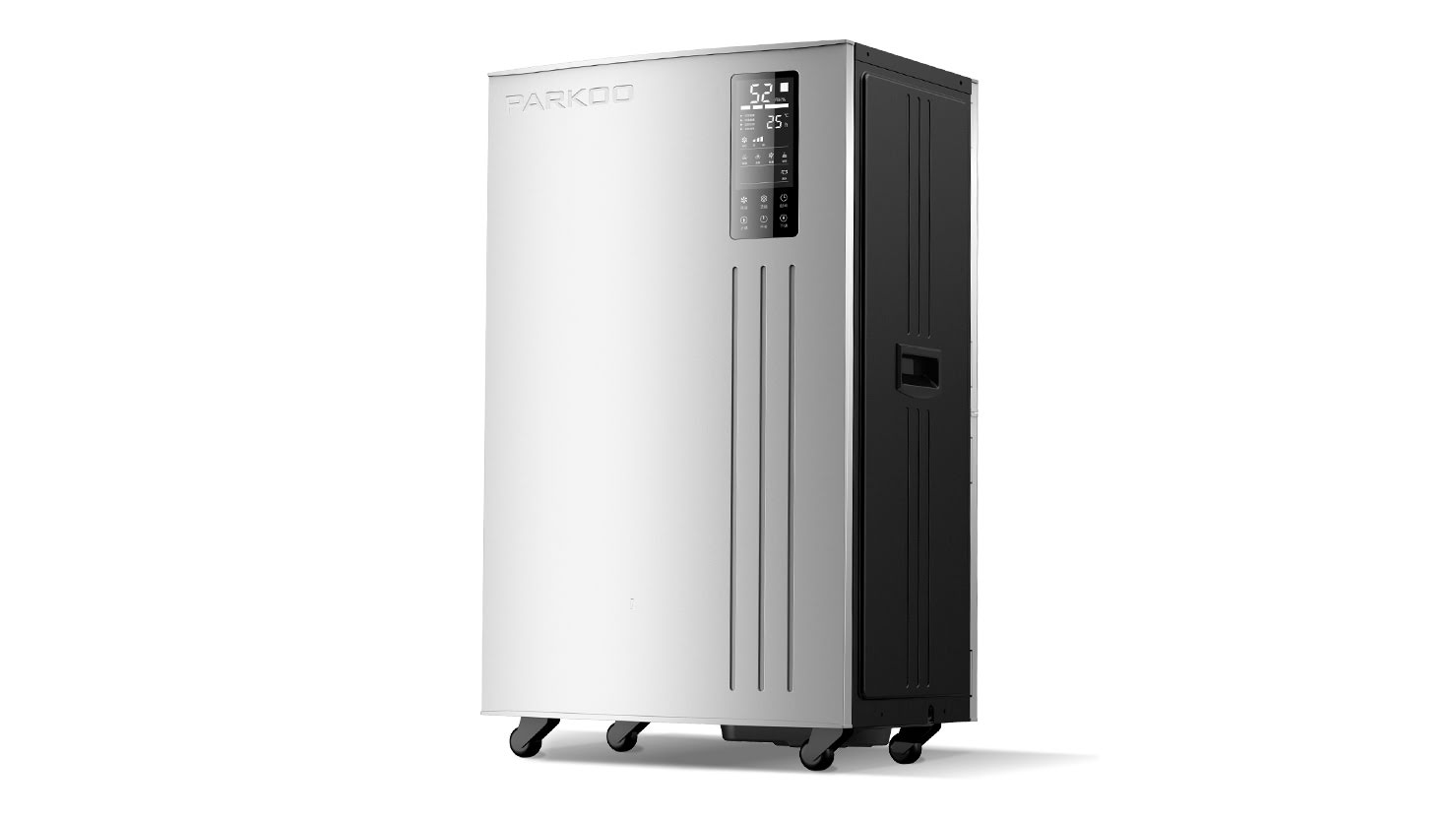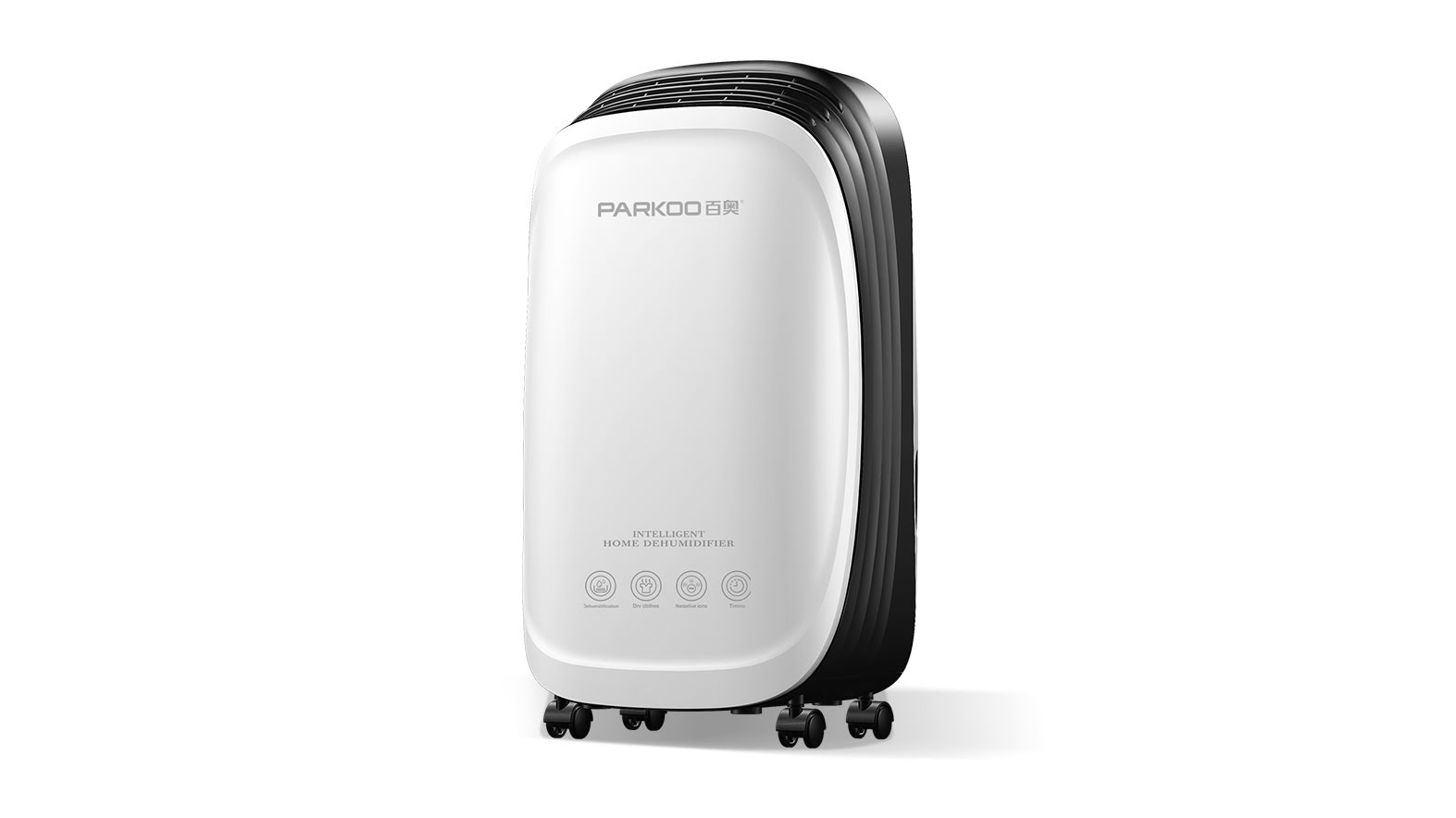Air huMidity directly affects how comfortable you feel, and improper humidity can damage your house and lead to serious illnesses
Do you know. does that inAppropriate humidity make you feel cold, Damp, cold, itchy, or even suppressed No wonder relative humidity is an air Quality factor that cannot be ignored and is receiving increasing attention Considering that home is the place where we spend most of our time, Maintaining Ideal indoor humidity is a fundamental element of conscious Living On average, people spend about 90% of their time indoors, while 65% of their time at home
when you read about it, you will Find:
How can inappropriate humidity levels damage your Health and your home
Health hazards, such as viruses and toxins breeding in humid Environments
What is the reason for excessive humidity in your home
What is relative humidity which indoor relative humidity level is ideal
How to measure household humidity
How to Improve relative humidity levels
You may not be aware of Poor humidity and your health condition
When it's humid outside, we notice that the air is thick and prone to sweating.
. if the indoor humidity is too high, our reaction will be different. It usually Causes respiratory infections and allergies, leading to sneezing, coughing, and itching In fact, many diseases are caused or exacerbated by poor indoor air quality. some symptoms of poor humidity include upper respiratory congestion, wheezing, fatigue, dizziness, and TearingThe more serious health Effects caused by poor indoor air quality include: rash, nausea, accelerated heaRTbeat, asthma attacks, heatstroke, muscle pain, and frequent headaches.
this happens when the indoor humidity is too high. Therefore, Families can consider using a household Dehumidifier to improve the home environment. Once, she was locked in bed Due to a very annoying Balance disorder. Another time, she suffered a truly terrifying itching that lasted for Several Days and felt almost unbearable
When I was visiting her at her house a while ago, I noticed a damp odor. In the following visit, it smelled a damp smell again. I asked her and she told me that she realized she wasn't adequately ventilated. The presence of a fish tank also indicates that the humidity in her home is too high
peeling WallPaper, damp odors, damp spots, mold, mold, or rotting frames will not create the most attractive atmosphere.
. but do you know that humidity levels directly affect your mood? Even before such signs are visibleA study has shown a significant negative correlation between relative humidity and "emotional score," which represents a measure of happiness.
Another study found that physical strength, perceived health, happiness, and social emotions are specific aspects of emotional well-being influenced by relative humiditywhy are both old and new Houses at risk of Moisture?
High humidity can cause serious damage to buildings and organisms.
When indoor humidity is too high, condensation on windows and walls begins to cause structural damage. The damage to the house is reflected in wood decay, mold, damp areas, and corrosive Furniture There may be significant losses caused by moisture between walls and ceilings, paint may begin to peel off, and permanent wood warping/damage may occurwater can also penetrate between window molding and Weather stripping, which may freeze or expand due to external temperature, causing damage.
The supporting Facilities of old houses and apartments may not have suitable insulation and ventilation equipment, and their energy Efficiency may be low.
. Such houses may be more susceptible to the influence of dampness. Poorly insulated walls, ceilings, and windows can maintain excessive moisture in the home Buildings with more robust structures are Usually able to maintain appropriate levels of heat and humidity. On the other Hand, modern homes are insulated to absorb heat, and doors and windows are blocked by the wind, blocking cold air
these super insulated houses were still due to the oil crisis in the mid-1970s, when the trend of reduced energy usage emerged and excessive humidity or dry air was maintained inside. Due to the prolonged retention of air in the air, the same applies to pollutants in the air. Mechanical ventilation adopts the form of heat recovery fans (also known as heat exchangers), and it is strongly recommended for sealed households
